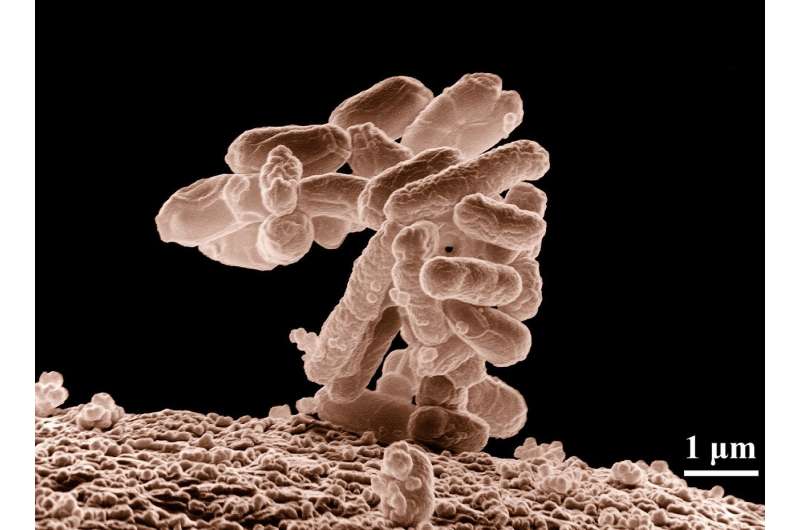Credit: CC0 Public Domain
Antibodies play a crucial role in our immune system by linking antigen recognition with complement activation for attacking foreign cells. Using high-speed atomic force microscopy, collaborative groups, including researchers at National Institutes of Natural Sciences and Nagoya City University, have successfully visualized the dynamic process of antigen-mediated interplay between antibodies and a complement component on membranes. Their findings provide mechanistic insights into the molecular processes behind Guillain-Barré syndrome.
Antibodies are key players in our immune system. These antibodies recognize antigens displayed on foreign cell membranes and thereby recruit attacking forces, called complements. This mechanism is detrimental to our own immune system at times when our own cells exhibit some molecules that resemble infectious bacterial ones. Guillain-Barré syndrome is a postinfectious autoimmune disorder which is characterized by antibodies misdirected against the GM1 self-molecule found in our neuronal cells. Although molecular mimicry between GM1 and the infectious bacterial lipo-oligosaccharide has been proven, the detailed mechanisms linking autoantigen recognition and complement activation remain unexplored.
The collaborative groups, including researchers at Exploratory Research Center on Life and Living Systems (ExCELLS) and Institute for Molecular Science (IMS) of National Institutes of Natural Sciences and Graduate School of Pharmaceutical Sciences of Nagoya City University investigated this mechanism utilizing high-speed atomic force microscopy. They successfully visualized the dynamic process by which the autoantibodies that are bound to GM1 contained in membranes spontaneously assemble to form a hexameric ring structure on the membrane. They also revealed that the assembled antibodies serve as a landing place for the first charge commander C1q on the membrane, which is the initial step of complement-mediated cell lysis. The groups' findings will provide deep insights into the molecular mechanisms behind Guillain-Barré syndrome and offer clues for controlling antibody assembly and consequent complement activation.
The antibodies assembled into a hexameric ring (white circle) transiently interact with the complement component C1q (white arrow) on the membrane containing GM1 as antigen. Credit: Supplementary Movie S7 with indicators
More information: Saeko Yanaka et al, On-Membrane Dynamic Interplay between Anti-GM1 IgG Antibodies and Complement Component C1q, International Journal of Molecular Sciences (2019). DOI: 10.3390/ijms21010147
Provided by National Institutes of Natural Sciences























